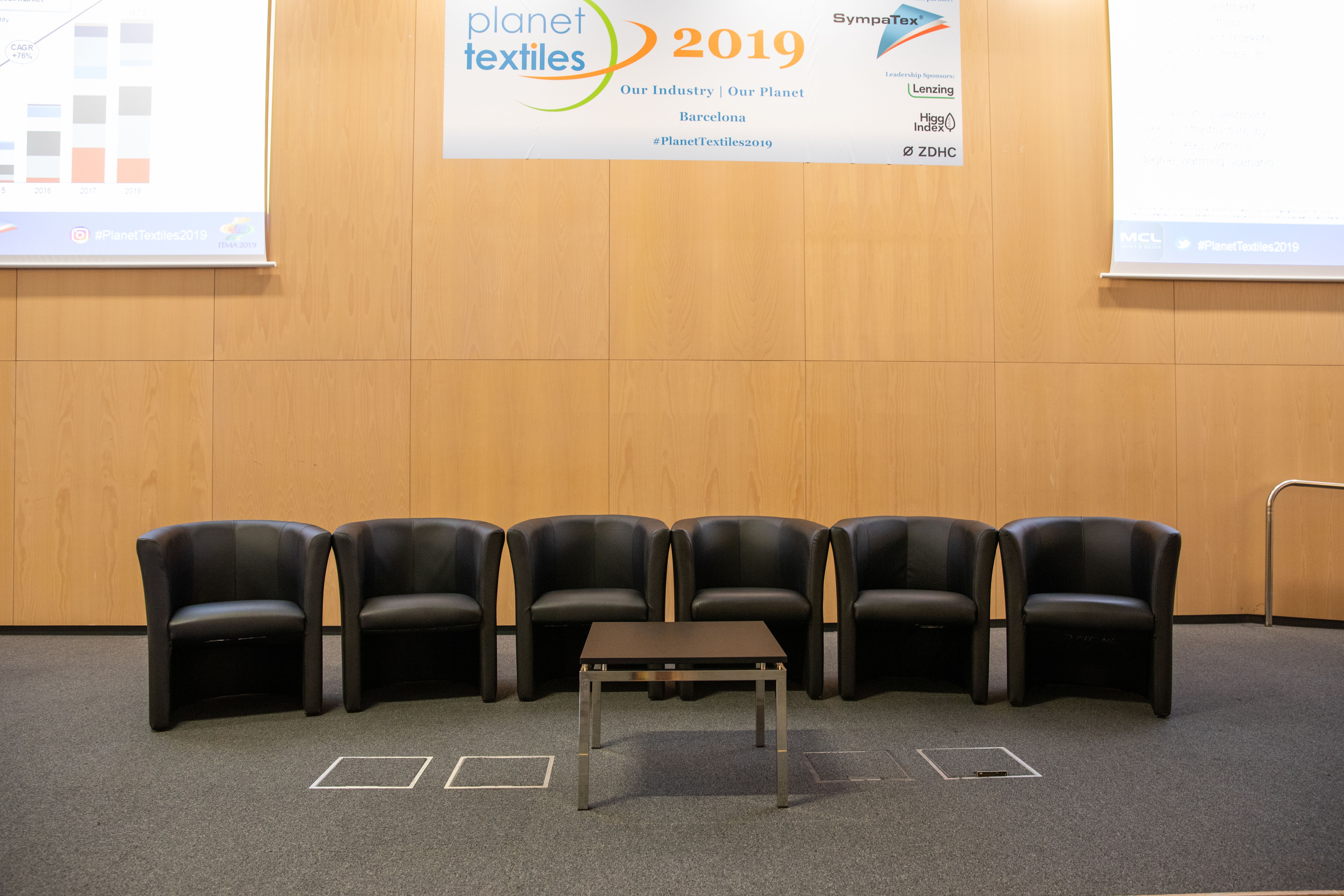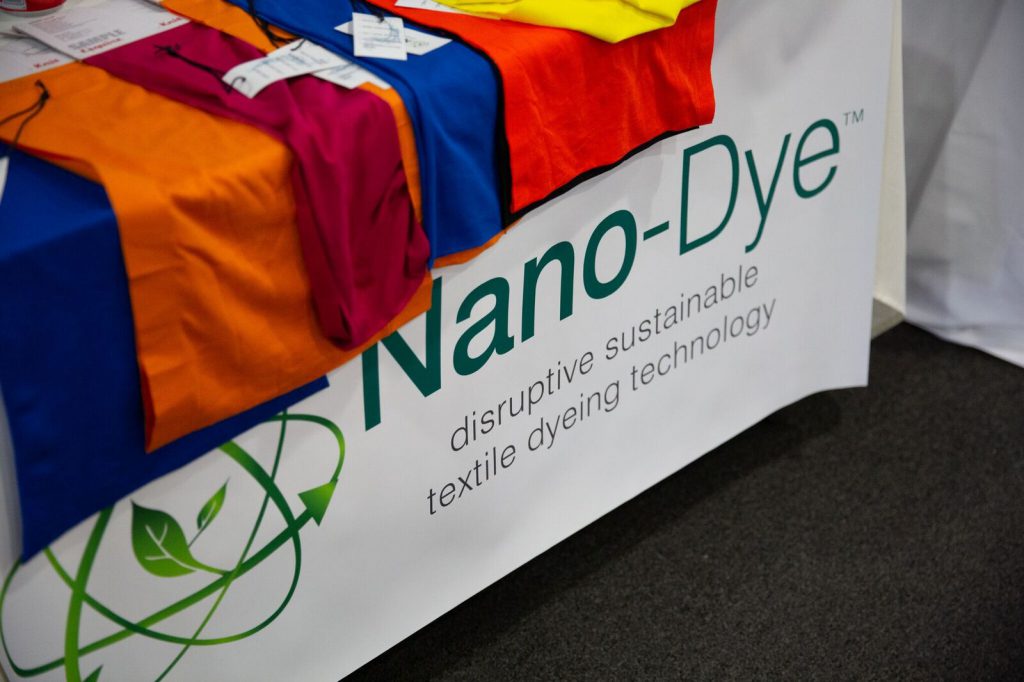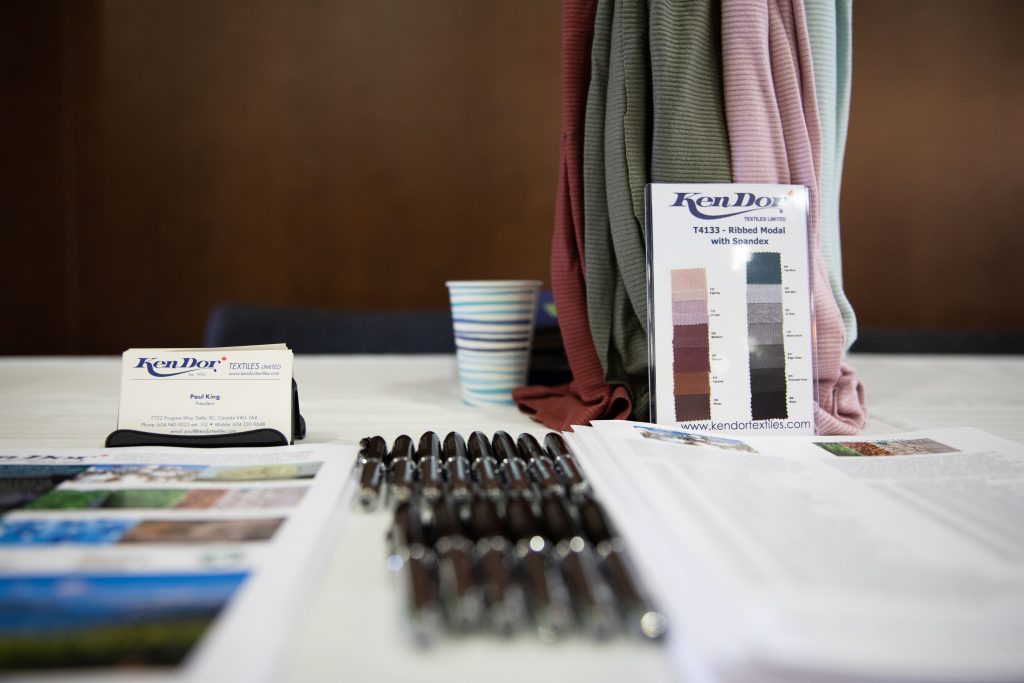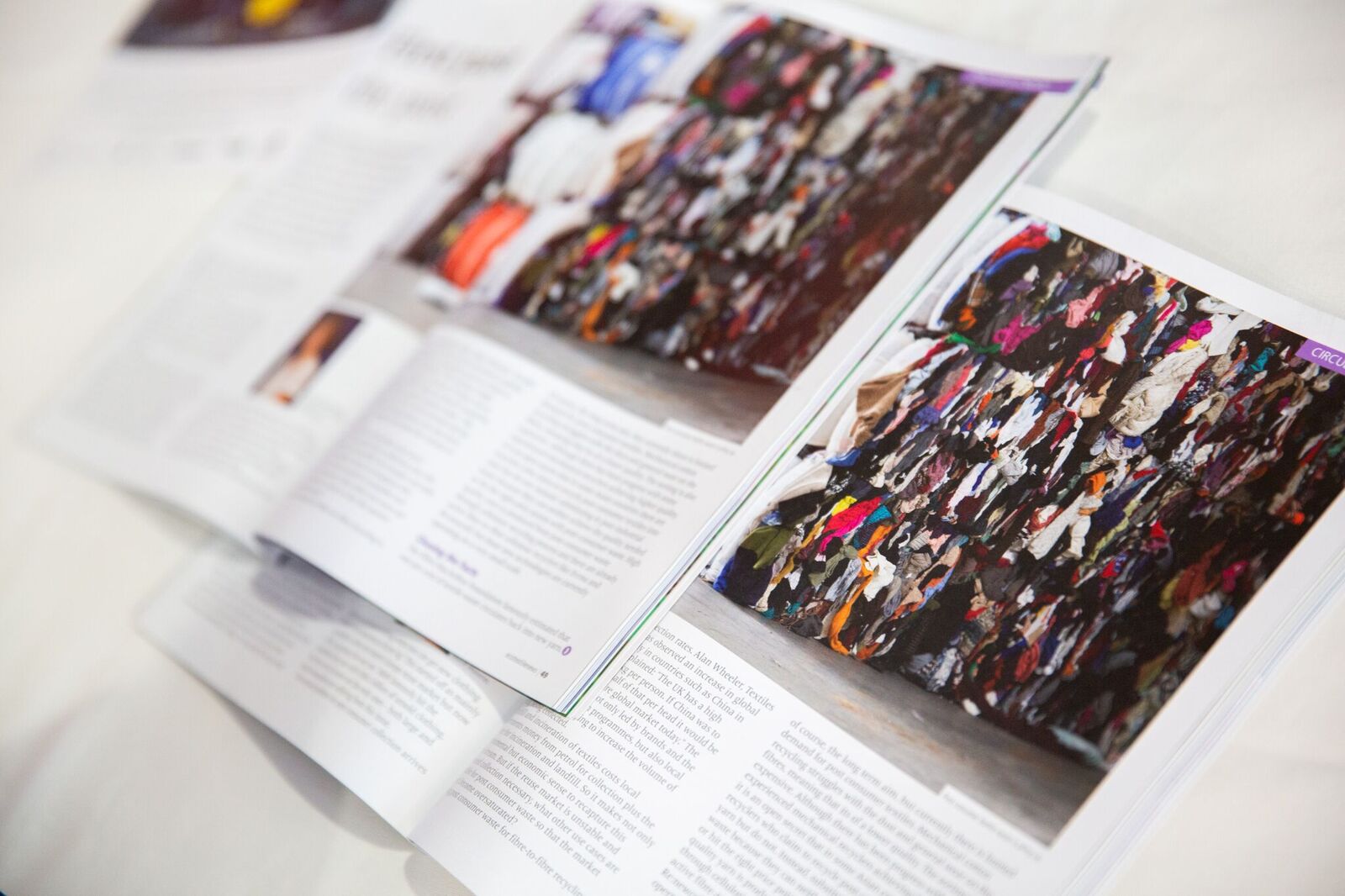Big news for lovers of the green side of fashion, on June 22 we attended the Planet Textiles 2019 conference in Barcelona during the ITMA fair, the main theme to be discussed was sustainability by heavyweight exhibitors in the textile sector such as John Rydzewski – Global Water Program Director from Nike, Alexander Wessels – CEO from Archroma, Dr Rüdiger Fox – CEO from Sympatex Technologies, Mike Kininmonth – Denim & Sustainability from Lenzing, Alberto Candiani – CEO from Candiani Denim, among others. I have to say I am extremely excited whenever the sustainability of the subject is present in a serious and concrete way in the different scenes of the global trance.
For those unfamiliar with ITMA, it is a textile technology fair that takes place every four years, while Planet Textiles is a congress that has been carried out from 2009 in order to approach the issue of sustainability in the fashion industry. It also takes place every year.

In my opinion, it is essential that consumers understand what the contamination factors are and the possible solutions to promote practices that are less harmful to the environment and therefore make consumption more responsible. Lately, the “sustainability” merchandising of many companies is selling us the idea of eliminating plastic as a fundamental solution to environmental problems: how many brands have decided to use recycled plastic to make their garments, even if not all of them actually do it? but this is another problem that we will see later, the goal of mentioning this reality is to establish that within the problems that motivate current climate change and predestinate the environment to worse changes it is not only the plastic that makes it vital to have talks and conferences with key actors of change in the production chain to promote different eco-sustainable practices.

Factors to consider
- Importanza dell’acqua; I believe it needs to be said and we all know that water is a source of life, so it is essential to make proper use of it. One of the practices to be applied to reduce the consumption of fresh water by reusing it in certain tissue production processes.
- Prodotti chimici; Chemical products; To obtain effective water reuse it is essential to reduce chemical agents. Because chemical agents will always be harmful even if we decrease their use. This doesn’t mean we can’t use them to our advantage, as is the case with fiber recycling.
- Light; Use of energy sources that can be renamed to be friendlier with the ecosystem.
- Recycling; It is one of the key elements for manufacturing in a circular system, incorporating garments into this logic.
- Traceability; To facilitate the industrial recycling of a garment, it is essential that the composition of the garment is known.
- Ethics; in work practices and with their participants.
- Consumer responsibility; a purchase of sustainable products promotes their production and facilitates their introduction into the market.
- Instruction; To make a responsible purchase you must be correctly informed.
- Transparency; Companies must be transparent with their processes in order to inform the final consumer.

I quote the points that I consider the basis for promoting a true sustainability process, to which others can be added, but that I will not consider for this article as they contain other more specific factors that do not correspond at this moment.
Education as basis for change
It is important to understand that sustainability does not depend on a single factor or practice. It is not enough to recycle bottles or use organic cotton. For being friendly with the environment, for having a significant change in the way of treating the ecosystem it is necessary to find a balance, like almost everything in life, it is not a question of only using plastic to save animals or using organic materials if they are overused, but above all I am convinced that the education of consumers is the pillar of change because we are asking but we must demand with awareness and responsibility, of not feeding the false growth of green fashion because, as I have already said in previous articles, sustainability for many is a fashion to be exploited.

Finally, I leave two of the most interesting projects I found in the Planet Textil conversation.
One of the processes that impressed me in particular is Tencel Refibra which creates cotton fibers obtained from wood pulp and recycled cotton.
Another participant I call my attention is CREDIBLE ,an application designed for the end consumer so that they can check the origin and history of a garment before its acquisition.





